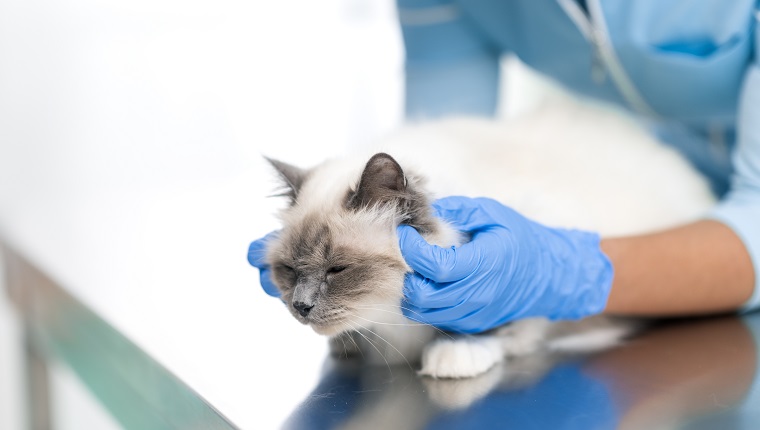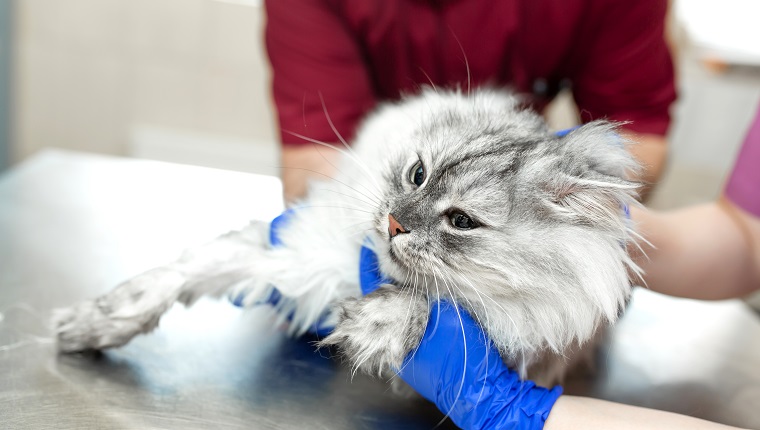Ebstein’s anomaly in cats is a congenital heart defect that results from abnormalities in the opening of a cat’s tricuspid valve. It can cause issues with a kitty’s heart rhythms and blood vessels.
This condition seems to affect all cats equally, regardless of sex or breed.
If you see concerning signs and symptoms in your cat, then you must consult your veterinarian for a proper diagnosis and advice. Here’s what you should know about the symptoms, causes, and treatments of Ebstein’s anomaly in cats.
Symptoms Of Ebstein’s Anomaly In Cats
Ebstein’s anomaly in cats can produce a range of symptoms. However, some cats with milder cases may not display signs at all, which is why it’s a good idea to keep up with regular vet visits.
Some of the most common symptoms that do appear include:
- Stenosis (narrowing of blood vessels)
- Difficulties exercising
- Dizziness and fatigue
- Swollen abdomen
- Fluid accumulating in the chest
Causes Of Ebstein’s Anomaly In Cats

The cause of Ebstein’s anomaly in cats is congenital, which means that a feline will be born with the condition.
In general, the condition appears to affect all cats equally, regardless of their breed or sex.
Veterinary Treatments
If you worry that your kitty is suffering from Ebstein’s anomaly, then your veterinarian will want to ask about your cat’s full medical history. They’ll carry out a complete physical examination, as well as comprehensive blood work.
Additionally, vets can use X-rays and imaging procedures to examine your cat’s chest area and look for effects of the condition.
Unfortunately, there is no specific cure, so the treatment will focus on managing the condition. Sometimes, a full surgical replacement of the tricuspid valve might be an option.
In other cases, medication can prove helpful in managing the issue. As ever, if your vet prescribes your cat any medicine, then it’s imperative that you stick to the exact dosage and frequency instructions and complete the full course of medication.
Vets can also recommend lifestyle changes to try and manage the problem, including reducing the amount of sodium in your cat’s diet and encouraging a healthy, targeted exercise regimen.
Has your cat developed Ebstein’s anomaly? What steps does your vet recommend to manage the condition? Tell us all about it in the comments below.









